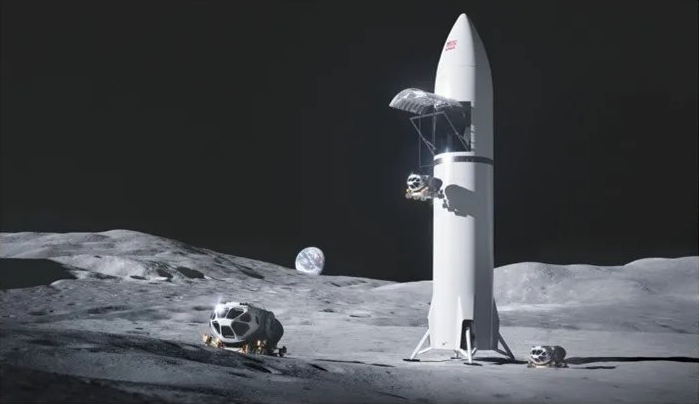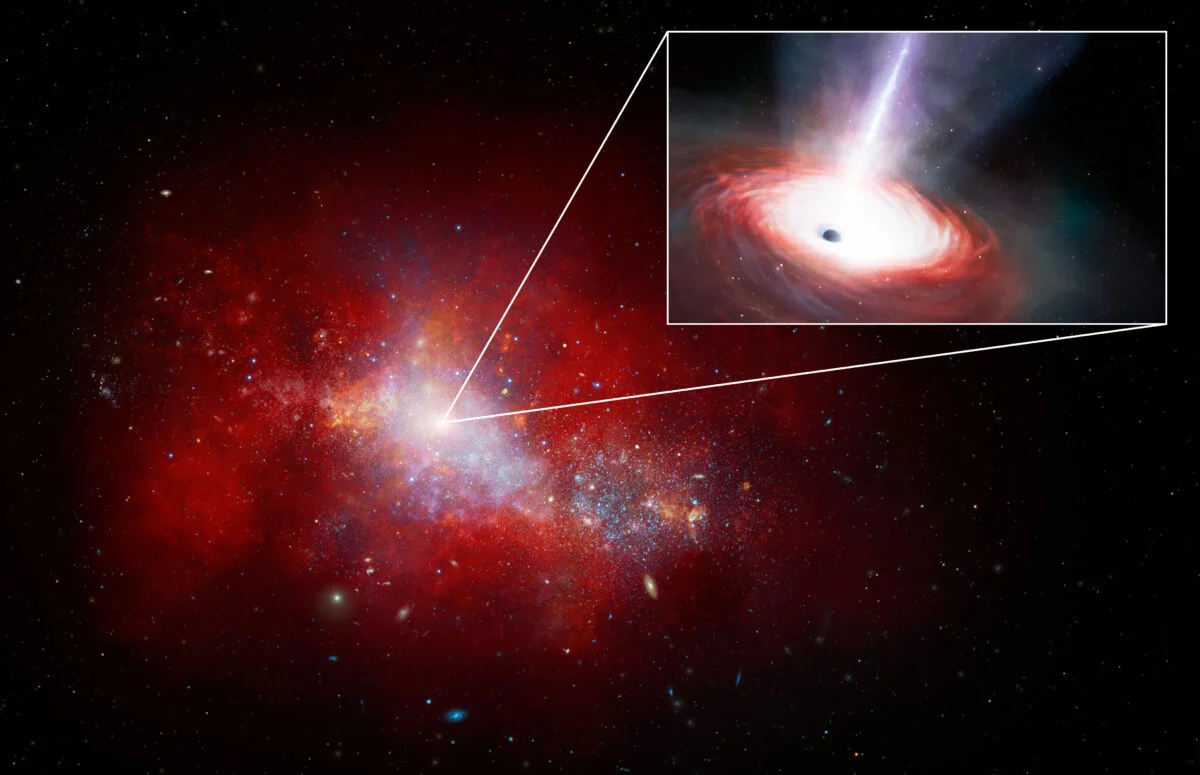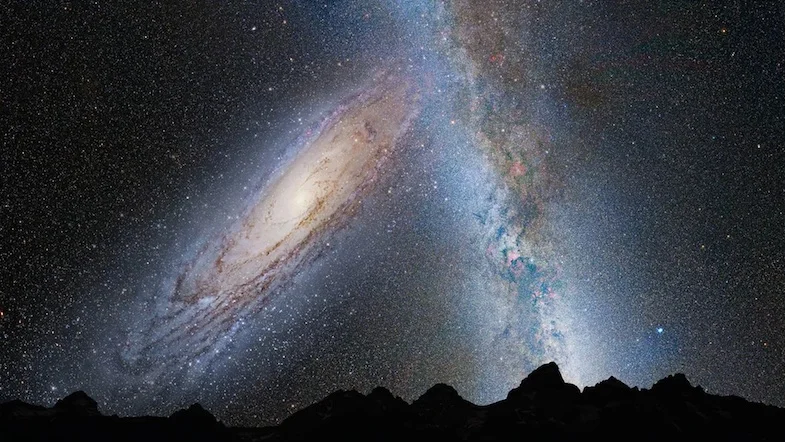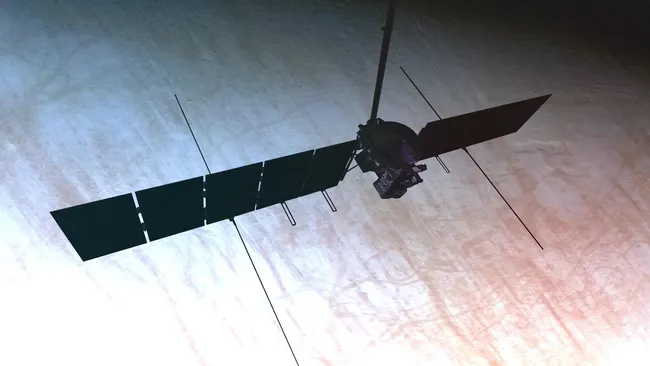
NASA Selects SpaceX and Blue Origin for Lunar Rover and Habitat Delivery Missions
- Space Exploration
- November 25, 2024
- 1361
NASA has announced its selection of SpaceX and Blue Origin to deliver a lunar rover and habitat to the Moon within the next decade, marking a pivotal step in the agency’s Artemis program for lunar exploration.
The space agency revealed plans for two lunar cargo demonstration missions, one for each company, under contracts tied to the Human Landing Systems (HLS) development for the Artemis missions. These missions will support broader efforts to establish a sustainable presence on the Moon.
Expanding Lunar Capabilities
Both SpaceX and Blue Origin are advancing their spacecraft through multibillion-dollar agreements to support human landings on the Moon. SpaceX’s Starship HLS is set to perform the initial two crewed missions, starting with Artemis III, which is tentatively scheduled for late 2026. Artemis IV will follow, also utilizing the Starship. Blue Origin’s Blue Moon lander, selected in 2023, will contribute to Artemis V.
However, NASA has also tasked the companies with creating cargo variants of their systems to facilitate future missions. These versions are designed to carry significant payloads—between 26,000 and 33,000 pounds—beginning no earlier than Artemis VII.
Diverse Mission Objectives
The cargo demonstrations represent distinct objectives. A Starship cargo lander could transport a lunar rover, developed by the Japan Aerospace Exploration Agency (JAXA), to the Moon as early as 2032. This rover is expected to traverse thousands of miles of challenging terrain over a decade of exploration.
Meanwhile, Blue Origin may deliver a “lunar surface habitat” as soon as 2033. While details about this habitat remain scarce, it signifies a crucial component in NASA’s long-term plans for deep-space habitation.
Strategic Vision for Lunar Exploration
NASA emphasizes the importance of dual providers for crewed and cargo missions. “Having two lunar lander providers with different approaches ensures mission flexibility and supports a consistent cadence of Moon landings,” said Stephen Creech, deputy associate administrator at NASA’s Moon to Mars Program Office.
Lisa Watson-Morgan, HLS program manager at NASA’s Marshall Space Flight Center, highlighted how these cargo missions would optimize resources and technical expertise to advance deep-space exploration capabilities.
NASA plans to issue formal requests for proposals to SpaceX and Blue Origin early next year as the agency continues to refine its lunar mission roadmap.
These advancements not only strengthen NASA’s commitment to lunar exploration but also pave the way for innovative partnerships with commercial space enterprises, laying the groundwork for humanity’s sustained presence on the Moon.



